BMW or Bayerische Motoren Werke AG is a publicly-traded company on the Frankfurt Stock Exchange. BMW AG or BMW Group produces vehicles under BMW, BMW M, BMW i, BMW Motorrad, Rolls-Royce, MINI, and MINI John Cooper Works brands. However, only 50% of BMW AG’s stocks are publicly traded, so here’s an update on who owns BMW AG in 2021:
- Stefan Quandt is the major owner of BMW 25.8% (0.2 % personal holding, 25.6% in holding Companies, AQTON SE, Bad Homburg v.d. Höhe and AQTON GmbH & Co. KG für Automobilwerte, Bad Homburg v.d. Höhe
- Susanne Klatten 20.9% – (0.2% personal holding and 20.7% in Susanne Klatten Beteiligungs GmbH, Bad Homburg v.d. Höhe)
- The public owns 53.2% of BMW (Free-Float)
*As per Shareholder Structure BMW Group
Who owned BMW in the Past?
Being present in the automotive world for over a century, BMW had an illustrious history marked by numerous ownership changes. Since 1918, the company has been operating as Bayerische Motoren Werke Aktiengesellschaft, German for public limited company. To get a better appreciation of who owns BMW today, let’s step back in time.
Part 1: The beginnings of BMW AG
BMW started its life as an aircraft engine manufacturer called Rapp Motorenwerke, founded in 1913 by Karl Rapp. While on a contract from Austro-Daimler, Rapp started working alongside Franz Josef Popp. Upon Rapp’s departure from the company in 1917, Franz Jozef Popp renamed the company to Bayerische Motoren Werken GmbH, or BMW GmbH.

In 1918, at the end of WW1, around 80% of the company was under Karl Rapp’s son-in-law Max Wiedmann. As Wiedmann’s capitulated, BMW GmbH was reorganized into a public limited company, BMW AG, on 13 August 1918.
BMW AG’s ownership was split between Nuremberg industrialist Fritz Neumeyer at 33% and Viennese investor Camillo Castiglioni at another 33%, with Bayerische Bank and Norddeutsche Bank holding 17% each.
In 1919, BMW partnered with Knorr-Bremse AG to produce pneumatic railway brakes, and soon, Castiglioni took over the shares from other uninterested shareholders, becoming a solitary owner of BMW AG. Still, in 1920, he quickly sold the whole company to Knorr-Bremse AG.

Part 2: Camillo Castiglioni (1922-1929)
In 1922, Castiglioni bought back rights to BMW’s name, aluminum foundry, and the engine building business, buying Bayerische Flugzeugwerke, another company in which he had stakes. Today, BMW’s corporate history states 7 March 1916, Bayerische Flugzeugwerke’s founding date, as the birth of BMW.

During this period, BMW relaunched aircraft engine production, started motorcycle production in 1922 under the BMW Motorrad brand, and became an automaker by purchasing Automobilwerk Eisenach in 1928.
Although it started growing, BMW quickly found itself in a difficult financial situation with Castiglioni forced to sell his shares to a consortium led by the Deutsche Bank and the Diskonto-Gesellschaft.
Part 3: State ownership (1929-1945)
Apart from growing the automotive business and involvement in motorsports, BMW played a role in Nazi Germany’s war efforts as an aircraft engine supplier.
In 1939, BMW bought Brandenburgische Motorenwerke from Siemens-Schuckert, forming a BMW Flugmotorenbau GmbH merger with its aircraft division.

BMW AG’s founding father, Franz Josef Popp, strongly opposed the company’s decision to rely so much on this side of the business as he thought it could cause excess political interference.
Still, BMW’s governing body decided to emphasize aircraft engine manufacturing, resulting in arresting automobile production and first restricting motorcycle production only to military models in 1940 and completely stopping motorcycle production in 1942.


Part 4: Post-WW2 Survival (1945-1959)
The aftermath of the Second World War saw BMW AG completely incapacitated as its Munich factory was bombed by the Allied Forces and completely destroyed. On the other hand, factories in Eastern Germany were under the Soviets, who eventually formed EMV.


BMW Plants
The West German part of the company was banned from producing any form of motor vehicles, so BMW resorted to making kitchen paraphernalia and bicycles. In 1947, BMW the US authorities gave BMW AG the grant to resume motor vehicle production, so in 1948 the company started producing the R24 motorcycle, an upgraded variant of the pre-WW2 R23 model.
As war reparations, the British Bristol Aeroplane Company took the 327 and its straight-six plans, enabling the aircraft manufacturer to establish Bristol Motors and start production of the Bristol 400.
BMW was still trying to devise a way to resume building cars, but plans of restarting production with license-built Simca and Ford cars, as well as small motorcycle-engined automobiles, did not come to fruition as they all fell through.

BMW eventually re-entered the automotive market in 1951 with the V8-powered 501 luxury sedan, a car evocative of BMW’s pre-WW2 zenith. Still, this venture wasn’t as fruitful, and neither was BMW’s attempt to produce an answer to Mercedes-Benz’s 300SL. That being said, BMW survived precisely thanks to affordable machinery, namely motorcycle production, and the license-built BMW Isetta and associated BMW 600 city car.
In 1954, BMW sold its Allach production facility to MAN, also dismissing takeover proposals by UK’s Rootes Group and American Motors.

During the second half of the 1950s, two investors, half-brothers Harald and Herbert Quandt, investments in BMW saved the company, completely transforming it and setting it into a new direction.
Part 5: Herbert Quandt (1959-1982)
As a consequence of failed attempts to produce profitable cars for the booming US market (see BMW 507 sports car), the company found itself on the verge of bankruptcy. On 9 December 1959, at BMW AG’s annual general meeting, BMW’s supervisory board chairman Hans Feith laid out a takeover plan as a possible solution to the financial crisis.

The interested party was none other than Daimler-Benz, but both the shareholders and the BMW dealer network supported Dr. Friedrich Mathern’s initiative not to let the merger go through.
Following the failed merger attempt, the Quandt Group increased its influence in BMW AG by buying out more stocks, increasing its stake from around 30% to 50%. Soon, the Quandt Group owned 66% of BMW AG’s stocks by 1960.
Starting from 1962, the BMW brand was getting reimagined with the New Class series of compact and executive cars, and the company started its growth under Quandt’s ownership. In 1966, when the current facilities reached full capacity, the Bavarian company bought Hans Glas GmbH and restructured its Dingolfing plant, which later became BMW’s production stronghold.
When Harald Quandt lost his life in an automotive accident, Herbert Quandt inherited a part of the automaker’s stocks, solidifying his majority ownership in the company.

In 1971, BMW AG’s headquarters were moved to Munich, and a year later, the 5 Series was launched, introducing the nomenclature the automaker is known for to this day. In the following years, BMW Motorsport emerged as an ever-growing racing department developing a rich motorsport heritage through cars like the 3.0 CSL and the M1, the company’s inaugural M-car. These vehicles highlighted the thrilling power and legendary BMW performance.
Part 6: Who owns BMW Today? Quandt Family (1982-Today)
After Herbert Quandt’s passing in 1982, the shares were passed to his successors. Herbert Quandt distributed his wealth fairly between six children from three marriages, with each of them inheriting a part of his rich portfolio.
BMW AG was distributed between Stefan Quandt and Susanne Klatten, Herbert Quandt’s children from the third marriage, with 23.7% and 19.2% of shares, respectively. Through subsequent investments in BMW, the distribution grew to 25.8% and 20.9%, as is today.
This period in the company was marked by further expansion and opening facilities in the USA, China, Russia, Egypt, and India between 1994 and 2007.

But, most importantly, BMW bought British Rover Group from British Aerospace in 1994. That being said, BMW acquired the rights to Mini, Rover, and Land Rover brands. Out of those three, only Mini remained active and in BMW Group’s ownership, as the Land Rover brand was sold to Ford in 2000 and Rover went to Phoenix Venture Holdings.
In the Quandt family era, BMW acquired Rolls-Royce by reaching an agreement with Volkswagen, which took Bentley under its wing.
In 2003, BMW took the rights to the iconic grille and the Spirit of Ecstasy mascot, adding them to the previously held rights to use the Rolls-Royce name and the RR Logo. The same year, the all-new modern Rolls-Royce Phantom had its debut at the Detroit Motor Show, and BMW Group scored another victory in the premium market.

So as you can recognize, the BMW has seen many changes over the decades. As to who owns BMW now – 50% is owned by Stefan Quandt and his sister Susanne Klatten. However, you too can own a slice of the 50% publicly traded shares.
[Photos Courtesy of BMW Group]


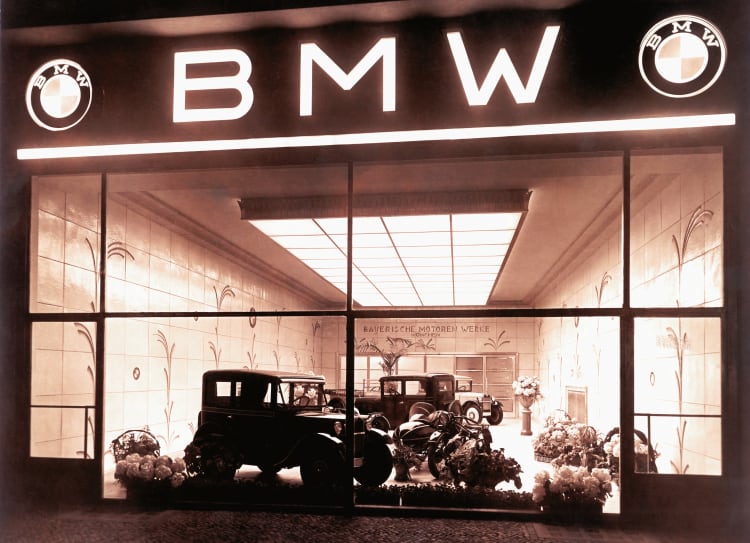
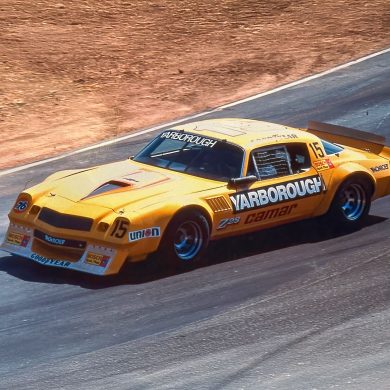
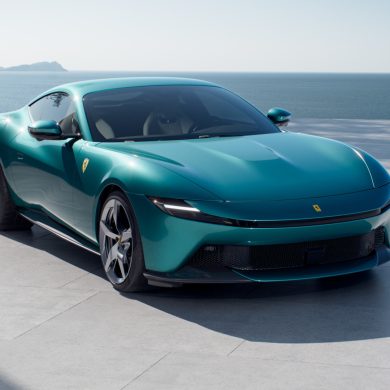
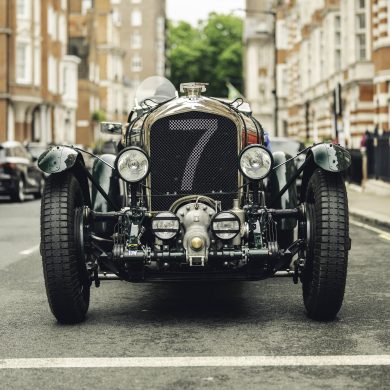
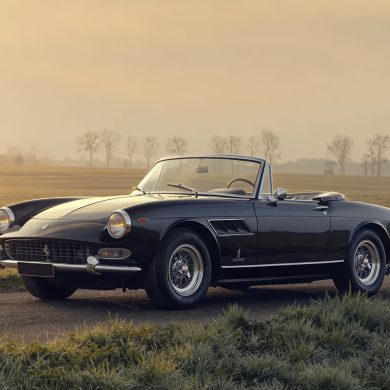
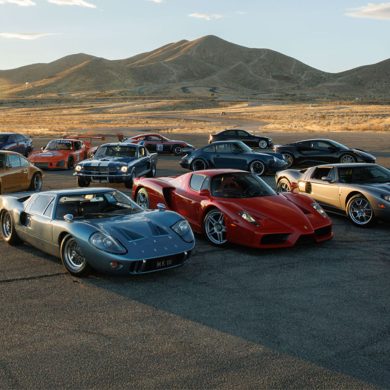
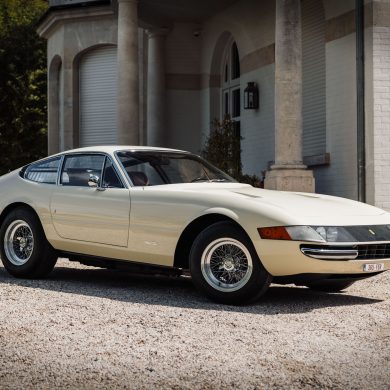


Very succinct summary of the BMW ownership history…… they make great automobiles, and I think family influence and ownership is a major factor in their success over many decades…..as an motoring enthusiast and owner of numerous BMW models over the years, they continue to raise the bar in offering a top-shelf product.
Interestingly, Harald”s mother Magda, after divorcing Harald’s father…..married Joseph Goebbels. Magda and Joseph Goebbels committed suicide after killing their six children on 1 May 1945. Harald was the only one of Magda’s children to survive